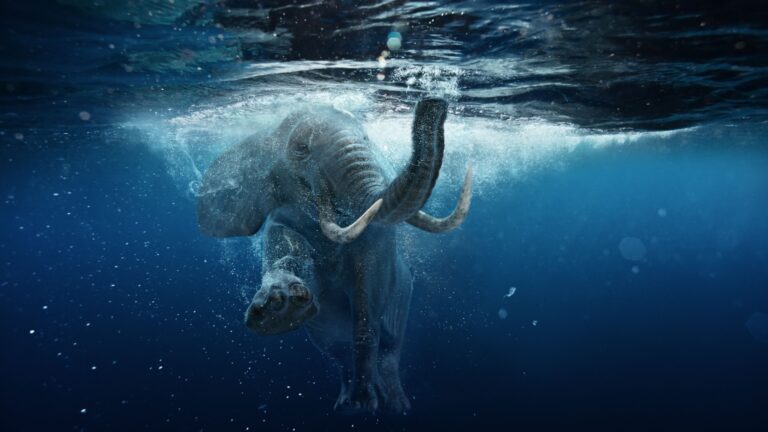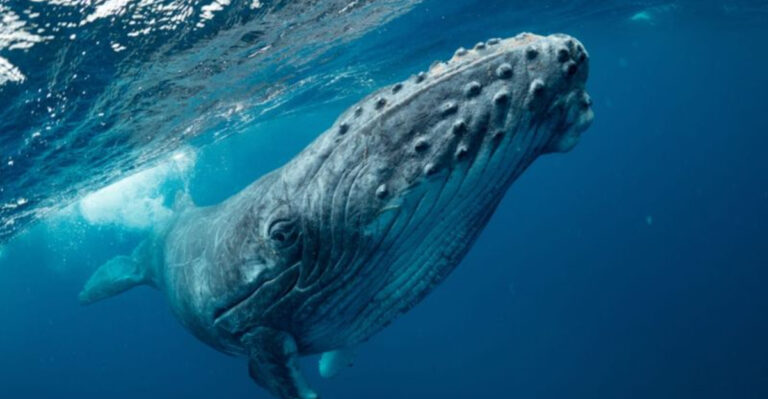The Oldest Turtle Fossil Ever Discovered In The United States
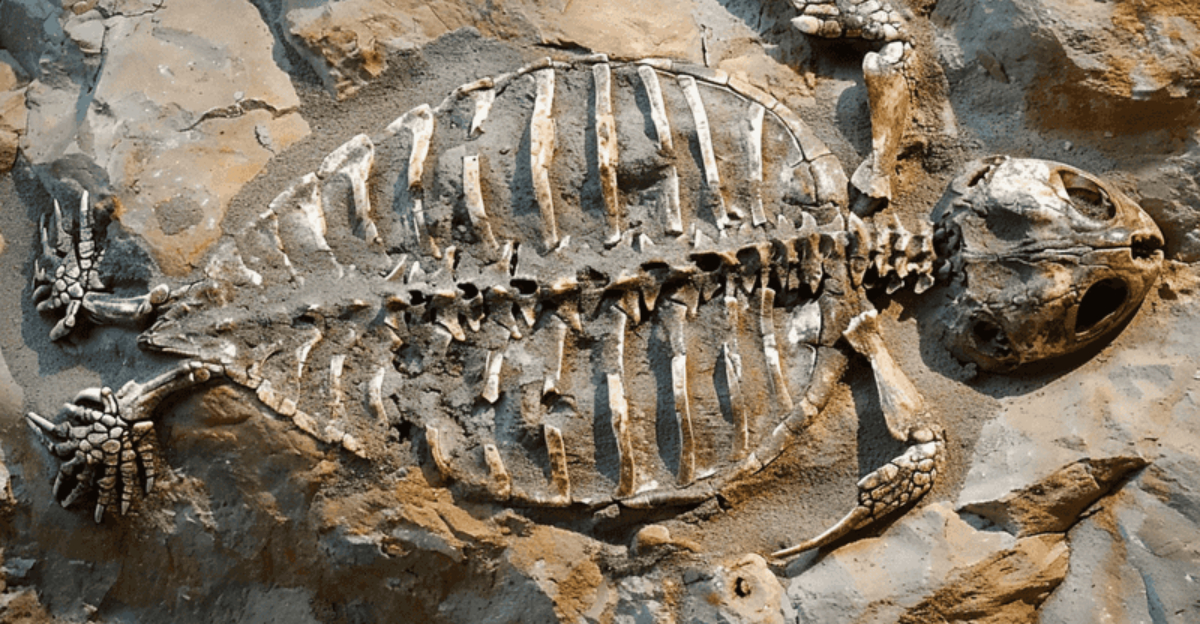
Have you ever wondered about the earliest turtles that roamed America? Scientists made an incredible discovery in Montana that changed our understanding of these ancient creatures.
The oldest turtle fossil found in the United States dates back over 220 million years, giving us a rare glimpse into the prehistoric world when reptiles were just beginning to diversify across the planet.
1. The Discovery Took Place In Montana

Hidden beneath Montana’s rugged terrain lay a treasure waiting to be found. Paleontologists carefully excavated this ancient specimen during a routine dig that turned extraordinary.
The fossil’s remarkable preservation allowed scientists to study crucial details about early turtle anatomy, providing a window into North America’s distant past.
2. The Fossil Dates Back To The Late Triassic Period
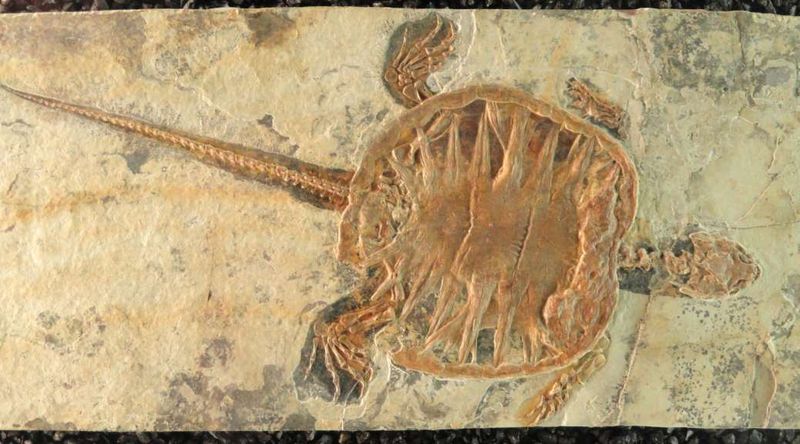
Imagine a world 220 million years ago, when dinosaurs were just beginning their reign. This turtle lived during this transformative time, swimming in ancient waters while bizarre creatures roamed nearby.
The late Triassic marked a crucial evolutionary period when reptiles were experimenting with new body plans and survival strategies.
3. It’s The Oldest Turtle Fossil Found In The U.S.
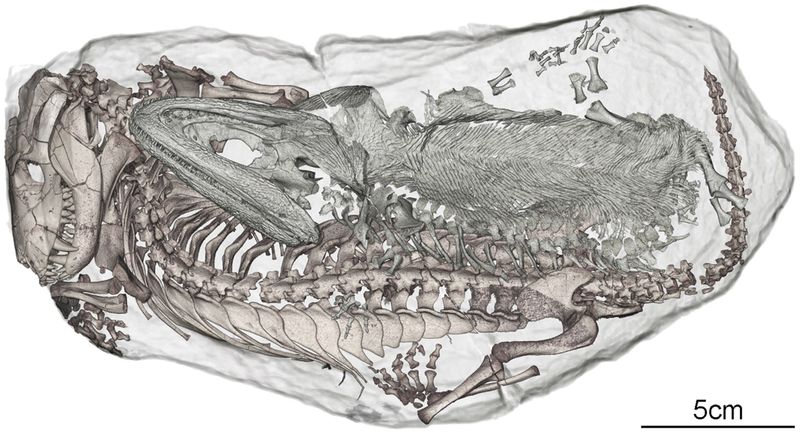
Before this remarkable find, scientists had limited evidence of early turtle evolution in North America. The discovery pushed back the timeline of turtle presence in the region by millions of years!
Each ancient fossil tells a story, but this one rewrote an entire chapter in America’s natural history books.
4. A Key Piece In Turtle Evolution
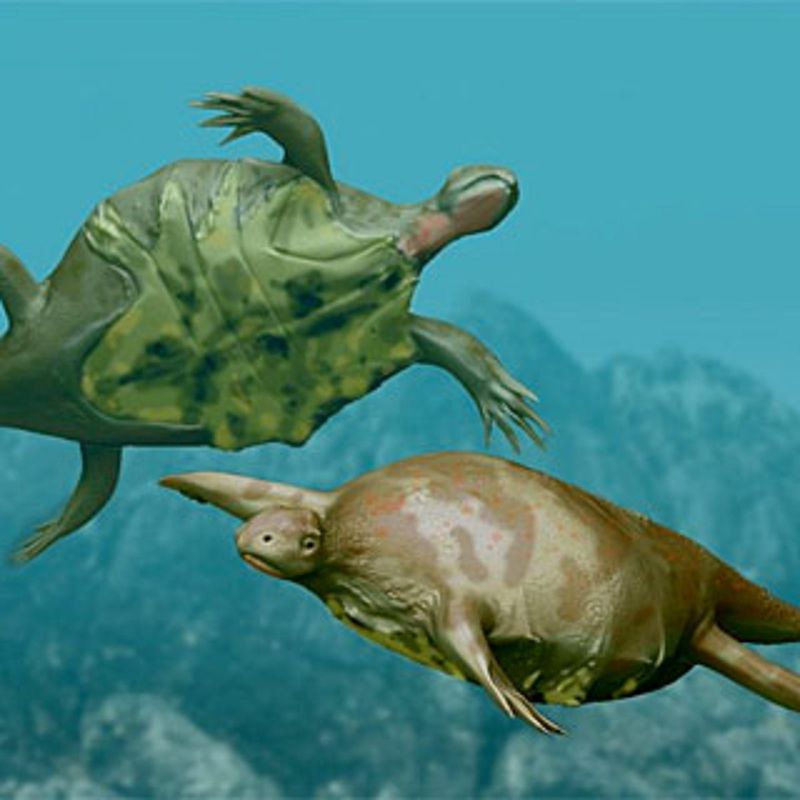
Like finding a missing puzzle piece, this fossil connected crucial dots in turtle evolution. The specimen showed transitional features between primitive reptiles and modern turtles.
Scientists particularly noted the beginnings of shell development and unique bone structures that would eventually become defining turtle characteristics over millions of years of adaptation.
5. The Turtle Had A Partially Developed Shell
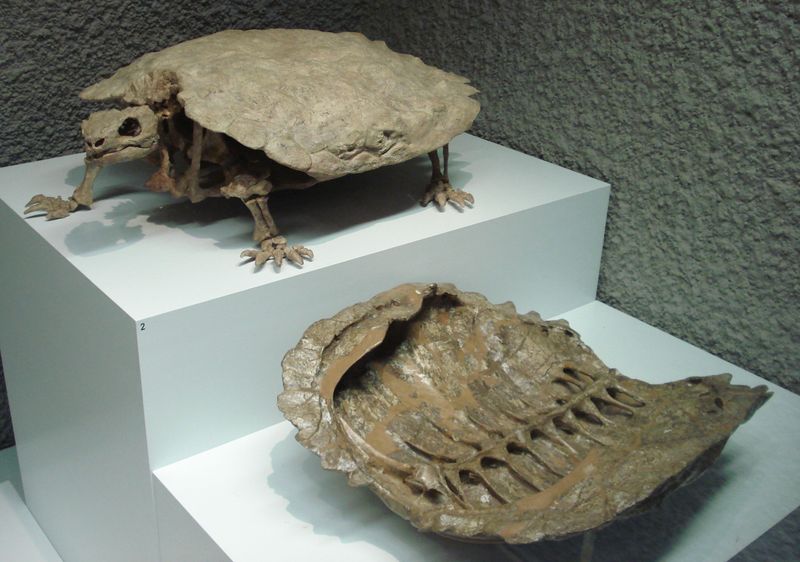
Unlike today’s fully armored turtles, this ancient relative sported a primitive shell design. The partially formed carapace offered some protection while allowing greater mobility than modern counterparts.
This in-between stage reveals how shells evolved gradually rather than appearing suddenly in the fossil record.
6. Skeletal Structure Reveals Clues About Movement
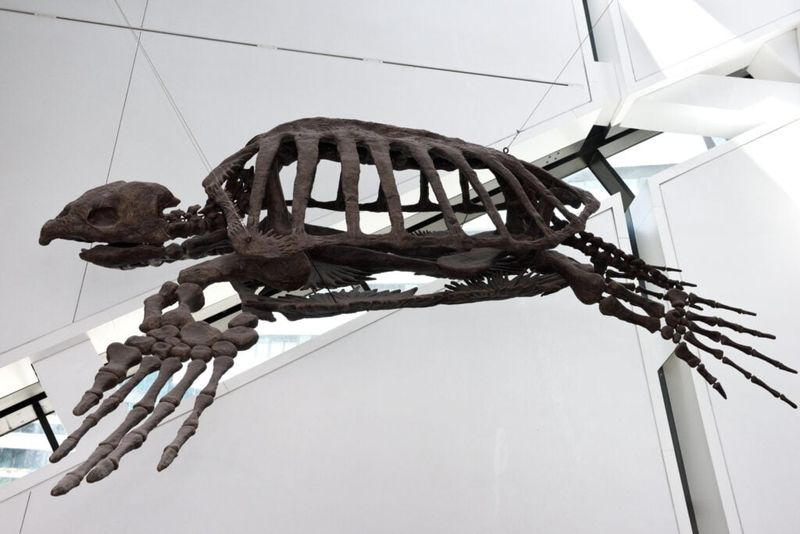
Would you believe this ancient turtle moved differently than modern species? The fossil’s limb structure suggests it wasn’t the slow plodder we know today.
More flexible joints and differently shaped leg bones indicate a possibly faster, more agile creature that hadn’t yet fully committed to the distinctive turtle locomotion pattern.
7. The Fossil Provides Clues About Early Survival Mechanisms
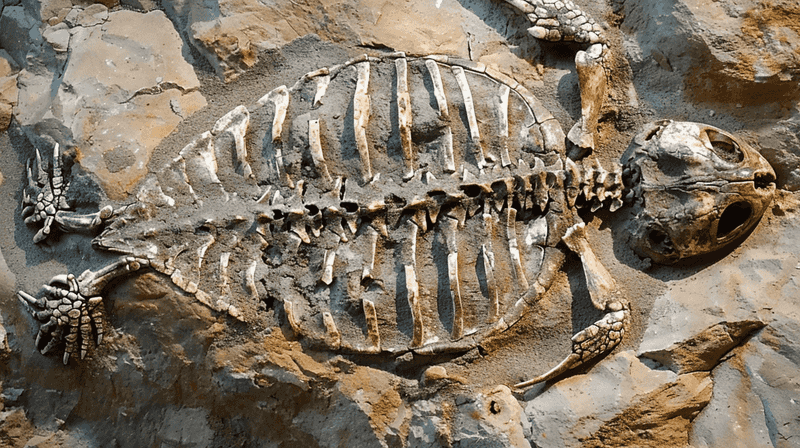
Survival in the Triassic required creative adaptations. The partial shell offered some defense, but this turtle likely relied on speed and possibly camouflage too.
Environmental evidence surrounding the fossil suggests it inhabited shallow waters where quick movements between aquatic plants could provide additional protection from larger predators.
8. Comparative Analysis With Modern Turtles
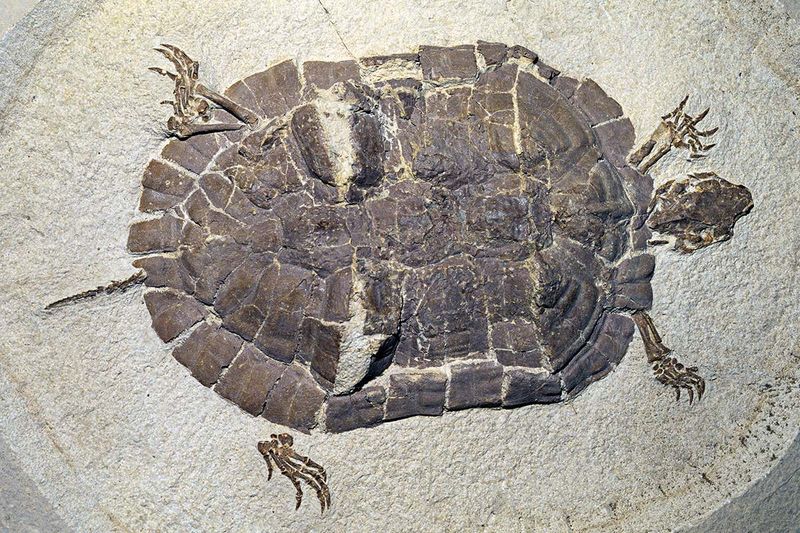
Side-by-side comparisons reveal striking differences between this ancient species and today’s turtles. The skull structure suggests different feeding habits, while the primitive shell hints at evolutionary priorities.
Modern turtles have perfected designs that took millions of years to develop, with specialized adaptations for diverse habitats.
9. Paleontologists Use This Fossil To Understand Turtle Evolution
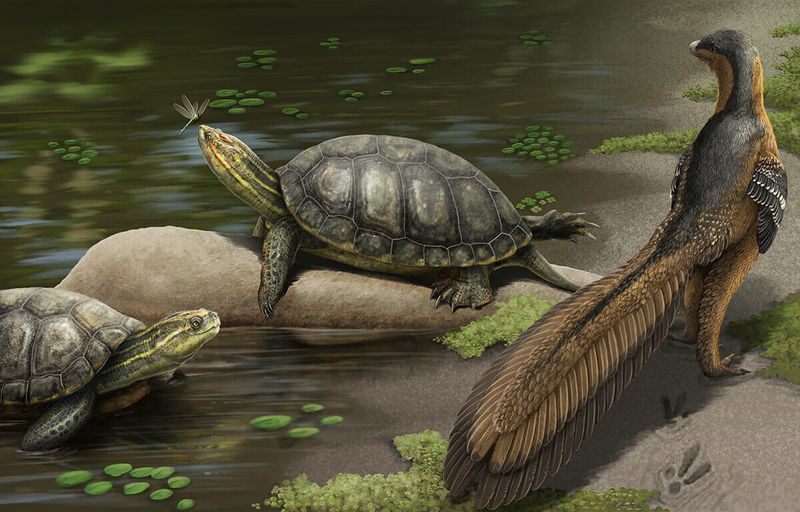
“This specimen is like reading the first chapter of turtle history,” remarked Dr. Emma Shelton, lead researcher on the fossil study. By examining minute details preserved in stone, scientists track evolutionary pathways.
The fossil’s position in the evolutionary tree helps map how turtles developed their unique characteristics over millions of years.
10. Provides Evidence Of Ancient Turtle Species

Astonishingly, turtles have survived multiple mass extinctions that wiped out countless other species. This fossil represents just one branch of a diverse family tree that once included many now-extinct relatives.
The ancient specimen’s distinctive features suggest it belonged to a turtle lineage that eventually disappeared, outcompeted by more successful designs.
11. It’s An Example Of The Evolutionary Slow Process
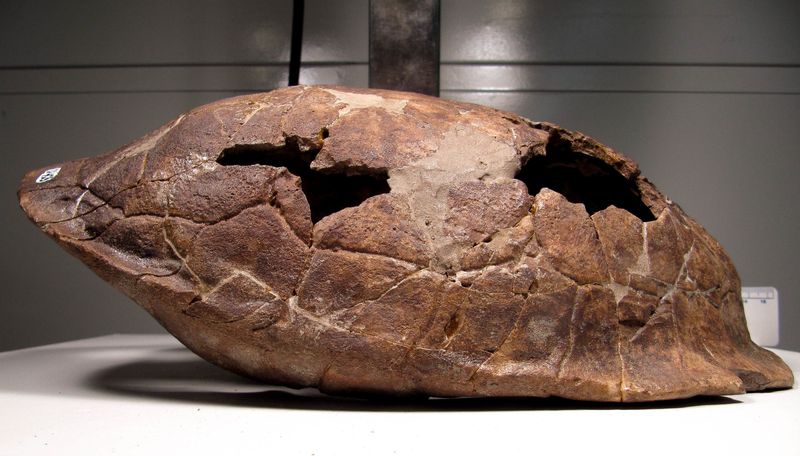
Evolution rarely happens overnight. The partially formed shell visible in this 220-million-year-old specimen represents just one step in a journey spanning hundreds of millions of years.
Modern turtle shells required countless generations of small adaptations, with each tiny improvement offering slightly better survival chances in a dangerous world.
12. The Fossil Sheds Light On Early Reptilian Life

Before dinosaurs dominated, the Triassic world teemed with fascinating reptiles exploring evolutionary possibilities. This turtle shared its environment with proto-dinosaurs, early crocodilians, and bizarre creatures unlike anything alive today.
The fossil helps reconstruct this ancient ecosystem when reptiles were just beginning their remarkable diversification.





